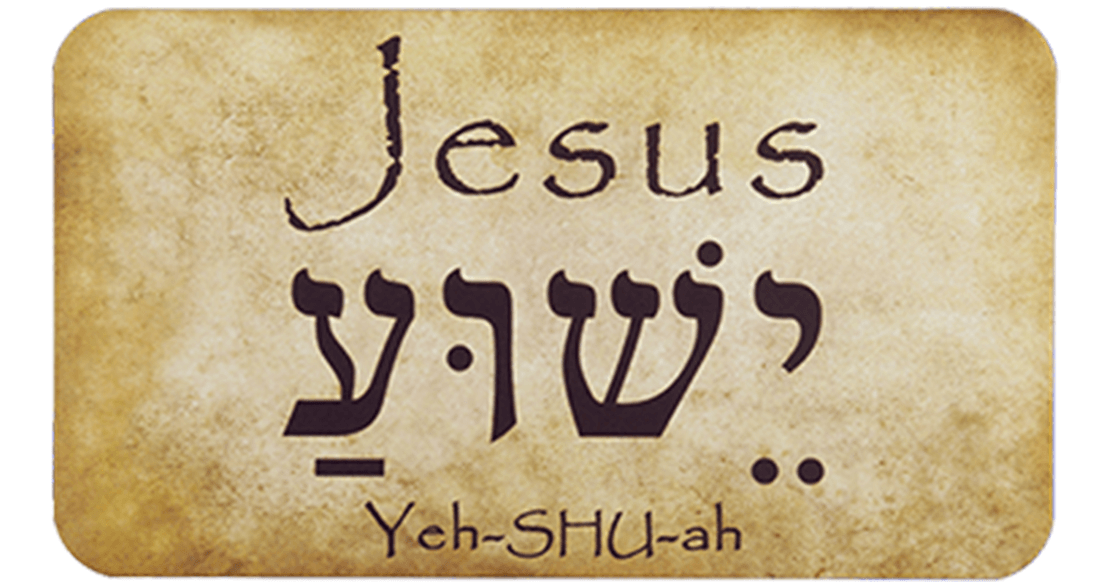

Transliteration also enables the use of a keyboard in a given script to type in a text in another one. When a user performs a search or indexes content, the transliteration process can find the information written in a different alphabet and returns it into the user’s script. Transliteration is particularly used by libraries or for the processing of textual data. If the source word means nothing in the given language, its transliterated form will also mean nothing, even though it will look like a word in that language as it will be written in its alphabet or syllabic system. In other words, there is no translation involved. The transliteration process means that a word written in a character set like the Latin alphabet is transposed in another, say the Inuktitut syllabics. Romanization (or Latinization) is the transliteration of a non-Latin script into a Latin script. For example, '' in Hindi when translated to English is 'Good morning.' Translation v/s. Here, the focus lies totally on conveying the original meaning of statements in a different language. There are many, but the most used for romanization are ISO-9 (for cyrillic), ALA-LC (to represent bibliographic names in the English-world libraries), and BGN/PCGN (for geographical names and personal names). Translation is the process of converting a given text into another language, using the words and grammar of that language. These standards define the transliteration rules: which characters are replaced by which others, and in which case. This is why transliteration standards are used. In a word, the transliteration of a transliterated text should return the original text. The main goal of this conversion operation is to enable the automatic and unambiguous recreation of the original (which is also known as retroconversion). The use of diacritics or digraphs solves the problem of different number of characters between the alphabets of the two writing systems. 🤲 Tap on a word or hover with mouse on desktop for word-by-word translation of Surah Yusuf.Transliteration consists in representing the characters of a given script by the characters of another, while keeping the operation reversible. 🤲 Explore Tafsir by visiting the individual ayat pages. : Word by word Learn Arabic Select the heard word(s) Read and hear the supplication The Quranic Way of Life: Highlight. Translation Acknowledgement Tell a Friend Search. 🤲 Change audio playback speed if you want to read a little faster. Please check this link : Quran transliteration, for all Souar of the Quran with Arabic and Roman characters, with translation. Minimize audio player for more screen space. 🤲 Auto-scroll feature: Press play and the ayah will automatically be highlighted and the screen will scroll to give the correct position. 🤲 You can listen to the MP3 audio of Surah Yusuf with the beautiful recitation by Mishary Al-Alfasy. Take the Japanese example from above, KONNICHIWA. The word transliterate, for example, would be written trnsltret or trnzltret. This is the act of writing words using a standardised phonetic alphabet to aid pronunciation. 🤲 Understand the Qur’an with various respected English translations. If you are unfamiliar with the language of the word being transliterated, then it is unlikely that its transliteration will give you insight into the meaning of the word. Transliteration is not to be confused with phonetic transcription. 🤲 Not strong in reading Arabic? Read with transliteration to help you with the pronunciation. 🤲 Here you can read Surah Yusuf in Arabic text. Our mission is to make it easy to read and understand the Qur’an. Do more than what is expected just as Prophet Yusuf had the habit of doing and Allah will take care of the rest. Just keep plugging away and work towards our potential. The lesson we can take is to keep faith in Allah (سُبْحَٰنَهُۥ وَتَعَٰلَىٰ), exercise sabr (patience), and Allah will raise our status and open new doors for us.

#TRANSLATION VS TRANSLITERATION FULL#
This Surah recounts the full story of Prophet Yusuf, may peace be upon him.


Prophet Yusuf get’s betrayed by his brothers, sold as a slave, and imprisoned unjustly but he kept his faith and took it in stride. This story of Prophet Yusuf contains many beautiful lessons, not just Muslims, but for all people. Indeed Satan, to man, is a manifest enemy.” “O my son, do not relate your vision to your brothers or they will contrive against you a plan. Translations of 19th century journal articles may be found in the Royal Society Catalogue of Scientific Papers, which was issued for the years: 1800-1863(v.1-6).


 0 kommentar(er)
0 kommentar(er)
